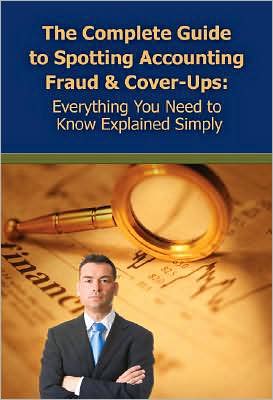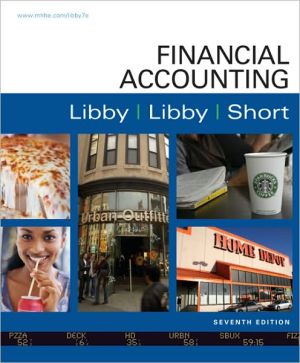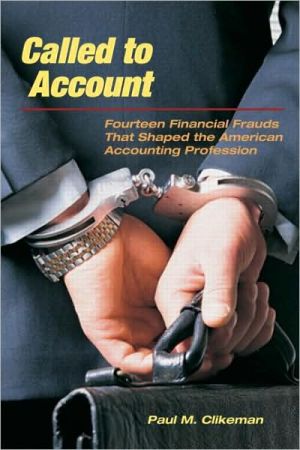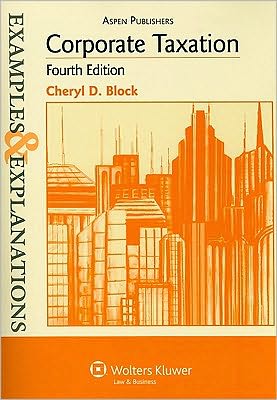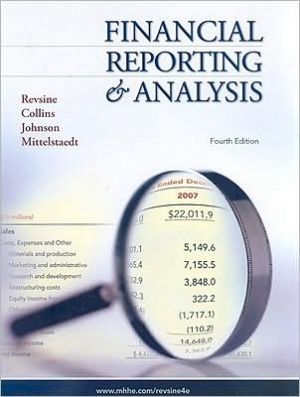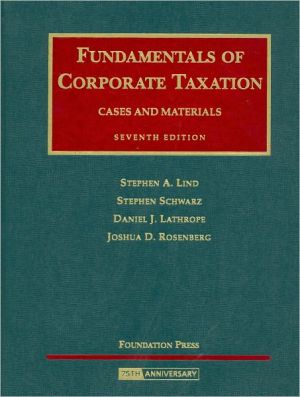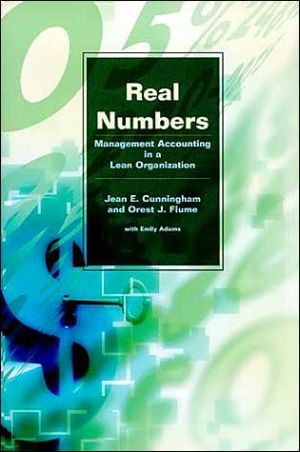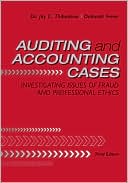The Complete Guide to Spotting Accounting Fraud and Cover-Ups: Everything You Need to Know Explained Simply
In 2009, high-profile fraud cases like the Ponzi schemes of Bernard Madoff and Arthur Nadel vividly illustrated the harm done to investors who placed their trust in these apparently successful money managers and then discovered their money had never been invested at all. News stories featured 90-year-olds forced by necessity to work in supermarkets, elderly people losing their homes because their life savings were gone, and wealthy retirees suddenly unable to pay their electricity bills....
Search in google:
In 2009, high-profile fraud cases like the Ponzi schemes of Bernard Madoff and Arthur Nadel vividly illustrated the harm done to investors who placed their trust in these apparently successful money managers and then discovered their money had never been invested at all. News stories featured 90-year-olds forced by necessity to work in supermarkets, elderly people losing their homes because their life savings were gone, and wealthy retirees suddenly unable to pay their electricity bills. Charities were forced to curtail their services, lay off staff, and even close their doors forever as their funds evaporated. Almost every day, there are stories in the media about dishonest employees who have robbed their organizations of hundreds of thousands of dollars. Not so well-publicized are the countless smaller thefts occurring every day from cash registers, warehouses, and business bank accounts. Sadly, the organizations that have the most to lose — small businesses, family-run companies, churches, and charities — are often the most vulnerable because of their size and inexperience. According to the Association of Certified Fraud Exaiminers, accounting fraud cost more than $994 billion in 2008, and the average organization lost 7 percent of its total revenue to fraud. How can you prevent this from happening to you as an investor, business owner, or a person attempting to acquire or merge with another firm? Read The Complete Guide to Spotting Accounting Fraud & Cover-Ups and you will be able to understand, detect, and avoid accounting fraud.You will learn how to identify fraud, how to spot minor abnormalities that may hide fraud, how to spot forgeries, and how to prove your case, as well as what to immediately suspect and methods for uncovering scams. You will know what signs to look for, including excessive turnover of lawyers and auditors, changing professionals in the middle of a transaction, inconsistent information, and significant declines in stock prices. In addition, you will know how to recognize the common maneuvers, earnings manipulation, premature and fictitious revenue, overvalued assets, undervalued liabilities, bogus revenue, expenses that have been shifted to another period, overstating revenues, understating expenses, and the misuse and misdirecting of funds. This new book is filled with studies and discussions of fraud cases and how they could have been avoided, checklists for detecting accounts misdeeds, and advice from analysts, CFOs, and CPAs. This manual will be an indispensable aid for serious investors, industry pros, acquisition and merger managers, and small business owners alike. After reading this book you will no longer have to worry about accounting fraud and you can increase your company’s profits.
Foreword 9Introduction 13Chapter 1 Defining and Measuring Fraud 19Association of Certified Fraud Examiners 20Occupational Fraud 21Chapter 2 The Scope of the Problem 25Who is Hurt by Fraud? 26Why Fight Fraud? 28Chapter 3 Who Commits Fraud? 31Scientific Study of White-Collar Crime 32Gender, Age, Education, and Tenure 44Collusion 45Conditions Under Which Fraud Occurs 45Fraud Appears to be Addictive 46Fraud is Associative 47Fraud Schemes Are Not Seamless 48Psychopathic Behavior 48Chapter 4 How Fraud is Detected 51Chapter 5 Asset Misappropriation and Embezzlement 61Skimming 66Skimming red flags 75Cash Larceny 79Chapter 6 Fraudulent Disbursements 95Billing Schemes 96Making Purchases with Company Accounts 105Payroll Schemes 111Check Tampering 123Chapter 7 Corruption 139Conflicts of Interest 142Bribery 145Kickbacks and Illegal Gratuities 147Detecting Bribery and Corruption 149Corporate Espionage 161Insider Trading 169Chapter 8 Financial Statement Fraud 171Financial Statement Fraud Perpetrators 172Motivation 174How Financial Statement Fraud is Committed 176Generally Accepted Accounting Principles (GAAP) 177Types of Financial Statement Schemes 181The Sarbanes-Oxley Act of 2002 197Chapter 9 Detecting Accounting Fraud Within an Organization 205Techniques for Detecting Financial Statement Fraud 210Financial Statement Analysis 214Ratio Analysis 217Data Mining 223Chapter 10 For Investors: Detecting Financial Statement Fraud in Public Financial Statements 229Where to Find Financial Statements 230Foreign companies 234Reading Annual Financial Statements 235Red Flags for Financial Statement Fraud 248Chapter 11 Detecting Seven Types of Financial Statement Manipulations 2511 Recording Revenue Prematurely or Exaggerating Revenue 2532 Recording Non-Existent Revenue 2573 Boosting Income with One-Time Gains 2594 Shifting Current Expenses to an Earlier or Later Period 2615 Failing to Record or Underreporting Liabilities 2646 Shifting Current Revenues to a Later Period 2667 Shifting Future Expenses to the Current Period as a Special Charge 267Chapter 12 Preventing Fraud in Your Company or Business 269Creating an Ethical Environment 270Antifraud Education 273Perception of Detection 273Internal Controls 273Employee Hotlines 276Chapter 13 Conducting a Fraud Risk Assessment 279Who Should Participate in a Fraud Risk Assessment? 280Identifying Fraud Risk Factors 281Evaluating Fraud Risk 282Choosing and Implementing Strategies 284Chapter 14 Conducting an Internal Fraud Investigation 287Deciding When and How to Conduct a Fraud Examination 287Confronting the Fraud Perpetrator 289Preparing for a Fraud Investigation 289Putting Together a Fraud Investigation Team 291Conducting the Fraud Investigation 293Results of a Fraud Investigation 293Finding a Professional Fraud Investigator 294Conclusion 297Appendix A Useful Resources and Web Sites 299Information on Occupational Fraud 299Government and Regulatory Agencies 301Internet Security 305Financial Statement Research 305Media 307Conducting a Fraud Risk Assessment 307Appendix B Glossary of Terms 309Bibliography 319Author Biography 331Index 333
